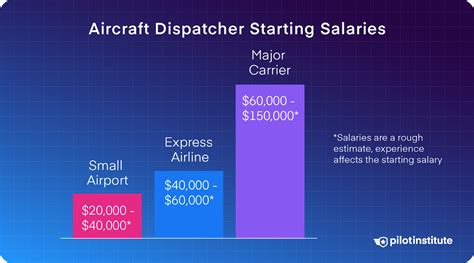Nasal Concha Hypertrophy: Causes and Effective Treatments
Nasal concha hypertrophy, also known as nasal turbinate hypertrophy, is a common condition characterized by the enlargement of the nasal turbinate bones. These bones are responsible for warming, humidifying, and filtering the air we breathe, playing a crucial role in maintaining the health of our respiratory system. When the nasal turbinate bones become enlarged, it can lead to nasal congestion, breathing difficulties, and a range of other symptoms that can significantly impact a person's quality of life.
The causes of nasal concha hypertrophy can be varied, including chronic allergies, environmental factors, anatomical issues, and certain medical conditions. Understanding the underlying causes of this condition is essential for developing effective treatment plans. In this article, we will explore the causes, symptoms, and treatment options for nasal concha hypertrophy, providing a comprehensive overview of this common condition.
Causes of Nasal Concha Hypertrophy
Nasal concha hypertrophy can be caused by a range of factors, including:
- Chronic allergies: Allergies to dust mites, pollen, pet dander, and other airborne allergens can cause inflammation and swelling in the nasal passages, leading to turbinate bone enlargement.
- Environmental factors: Exposure to pollution, tobacco smoke, and other environmental irritants can also contribute to nasal concha hypertrophy.
- Anatomical issues: A deviated septum or other anatomical abnormalities can obstruct airflow and lead to turbinate bone enlargement.
- Medical conditions: Certain medical conditions, such as chronic sinusitis, can also contribute to nasal concha hypertrophy.
Symptoms of Nasal Concha Hypertrophy
The symptoms of nasal concha hypertrophy can vary in severity and impact daily life. Common symptoms include:
Nasal congestion or stuffiness, difficulty breathing through the nose, loss of smell, nosebleeds, and facial pain or pressure.
Treatment Options for Nasal Concha Hypertrophy
Treatment for nasal concha hypertrophy typically begins with conservative measures, such as:
- Nasal saline irrigations: Using a neti pot or a squeeze bottle with a saline solution can help to moisturize the nasal passages and reduce congestion.
- Nasal strips or dilators: These can help to open up the nasal passages and improve airflow.
- Allergy testing and treatment: If allergies are contributing to the condition, allergy testing and treatment may be necessary.
- Medications: Over-the-counter or prescription medications, such as nasal corticosteroids or antihistamines, may be prescribed to reduce inflammation and congestion.
Advanced Treatment Options
If conservative measures are not effective, more advanced treatment options may be necessary. These can include:
Cryotherapy or radiofrequency ablation: These minimally invasive procedures can help to reduce the size of the turbinate bones and improve airflow.
Surgery: In severe cases, surgery may be necessary to remove or reduce the size of the turbinate bones.
Key Points
- Nasal concha hypertrophy is a common condition characterized by the enlargement of the nasal turbinate bones.
- Causes include chronic allergies, environmental factors, anatomical issues, and certain medical conditions.
- Symptoms can include nasal congestion, difficulty breathing, loss of smell, nosebleeds, and facial pain or pressure.
- Treatment options range from conservative measures to advanced procedures, including cryotherapy, radiofrequency ablation, and surgery.
- Understanding the underlying causes of nasal concha hypertrophy is essential for developing effective treatment plans.
Conclusion
Nasal concha hypertrophy is a common condition that can have a significant impact on a person's quality of life. By understanding the causes, symptoms, and treatment options, individuals can take steps to manage their condition and improve their breathing and overall health. If you are experiencing symptoms of nasal concha hypertrophy, it is essential to consult with a healthcare professional for proper diagnosis and treatment.
What are the most common causes of nasal concha hypertrophy?
+The most common causes of nasal concha hypertrophy include chronic allergies, environmental factors such as pollution and tobacco smoke, anatomical issues like a deviated septum, and certain medical conditions such as chronic sinusitis.
What are the symptoms of nasal concha hypertrophy?
+The symptoms of nasal concha hypertrophy can include nasal congestion or stuffiness, difficulty breathing through the nose, loss of smell, nosebleeds, and facial pain or pressure.
What are the treatment options for nasal concha hypertrophy?
+Treatment options for nasal concha hypertrophy range from conservative measures such as nasal saline irrigations, nasal strips or dilators, and medications, to advanced procedures like cryotherapy, radiofrequency ablation, and surgery.



